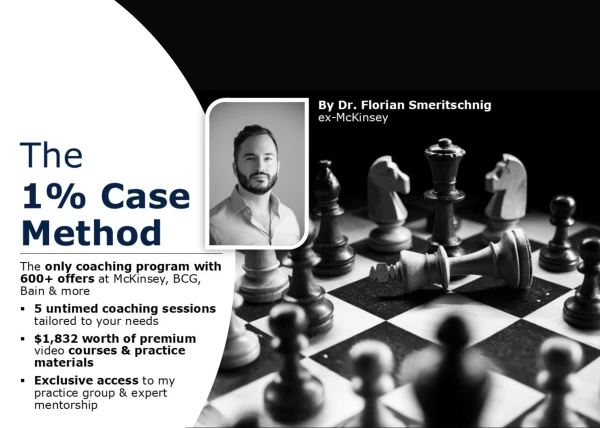Hi,
I keep encountering a similar problem in my market sizing cases. I will explain this using the case I just did.
When asked “how many TVs are sold a day in the UK” I asked is this just consumer (household) TVs or would you like me to consider commercial TVs (hospitals, pubs etc) as well, to which the interviewer replied both would be great.
Now I am happy to work out the consumer use section using (population, household, tv per household) * replacement rate. However I find commercial use much harder as a)there are so many places where commercial TVs are bought and b) this leads me into a structure of having to estimate how many hospitals, pubs etc there are and then TVs per hospital/pub which is another market sizing question in itself. To do this I went quick form and did theres 3 hospitals in my area of 100,000 people then scaled this up to the hospitals for the population. This situation happens regularly such as for radios, cars, lamps, taps etc.
Therefore my question is firstly, how can I stop my market sizing cases leading into me having to market size stuff like number of hospitals or pubs which are very hard to work out without going into a much deeper structure and secondly how should I structure the commercial part of this exercise.
Many thanks for your help














